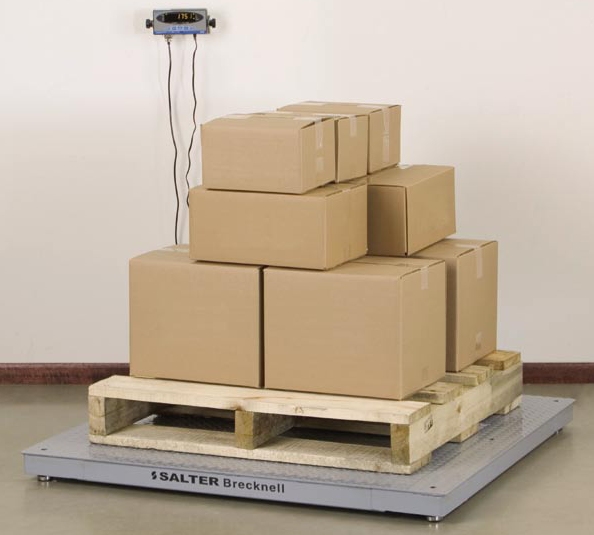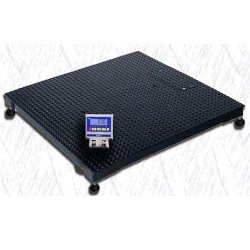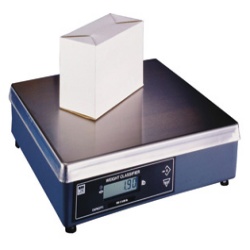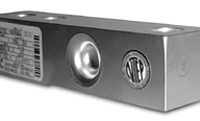What is the Best Ntep 5×5′ 5,000lbs Floor Scale?
I saw this question recently while I was doing some reading…. What is the best NTEP 5×5 5,000lbs floor scale? So, I thought let’s see if it can be answered as honestly as possible. First off it would great if we could take seven or ten different floor scales built by various domestic and foreign… Read More »



